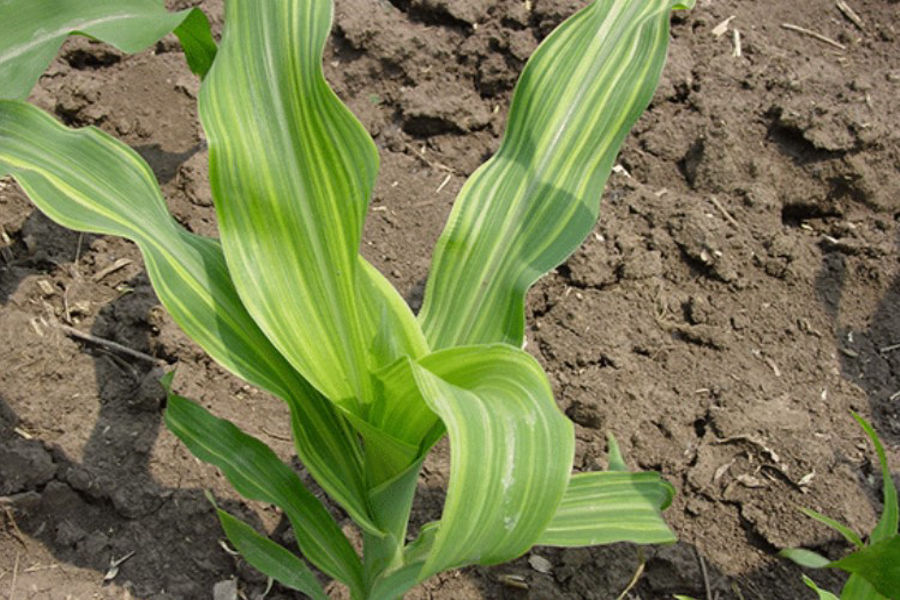Zinc Deficiency in Maize: Identification and Solutions
Zinc is an essential micronutrient for maize growth. It plays a crucial role in enzyme activation, protein synthesis, and hormone regulation. Even a small deficiency can severely impact plant development and final yield.
Symptoms of Zinc Deficiency in Maize:
-
Stunted Growth – Plants show reduced height and shortened internodes.
-
Chlorosis – Yellowing appears between the veins of young leaves (interveinal chlorosis).
-
White Bands – Broad white to pale bands may appear on both sides of the midrib of young leaves.
-
Delayed Maturity – Crop takes longer to reach flowering and grain-filling stages.
-
Poor Root Development – Weak root system reduces nutrient uptake further.
Causes:
-
High soil pH (alkaline soils)
-
Sandy or calcareous soils low in organic matter
-
Continuous use of high phosphorus fertilizers without zinc
-
Waterlogged conditions or compacted soils
Management Practices:
-
Apply Zinc Fertilizers: Use zinc sulfate (ZnSO₄) at 10–25 kg/ha as basal or foliar spray (0.5% ZnSO₄) during early stages.
-
Balanced Nutrition: Avoid overuse of phosphorus as it can lock zinc. Maintain overall soil nutrient balance.
-
Organic Matter: Incorporate compost or farmyard manure to improve zinc availability.
-
Seed Treatment: Treat seeds with zinc-containing products for early protection.
Zinc deficiency is manageable when detected early. A timely intervention not only improves crop health but also boosts maize yield and grain quality.
